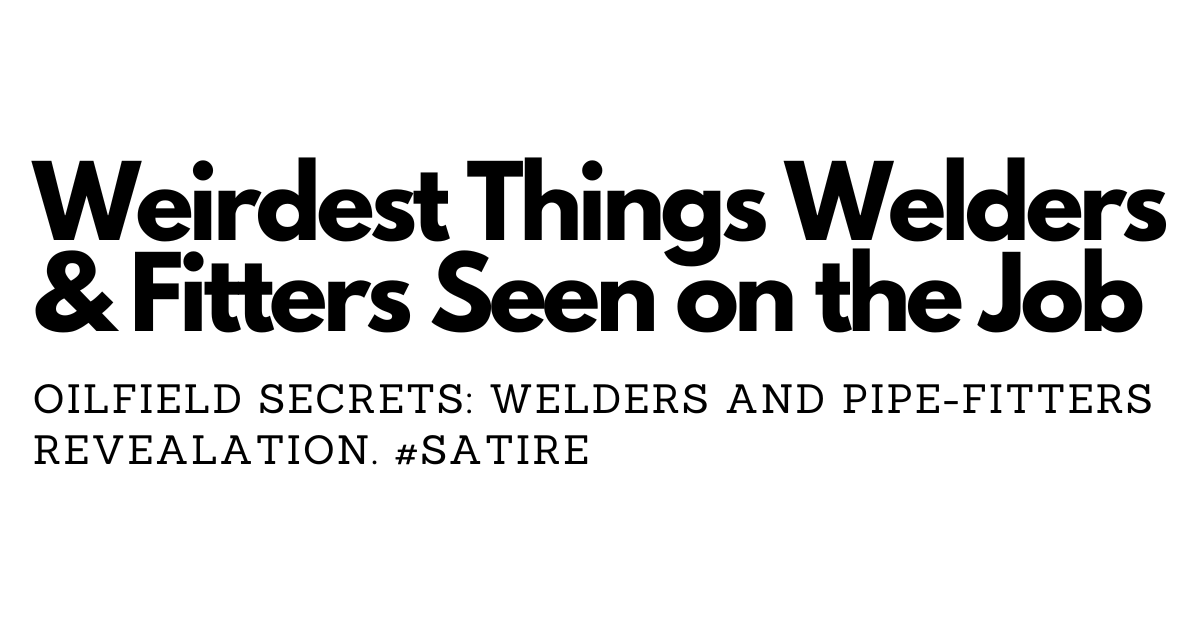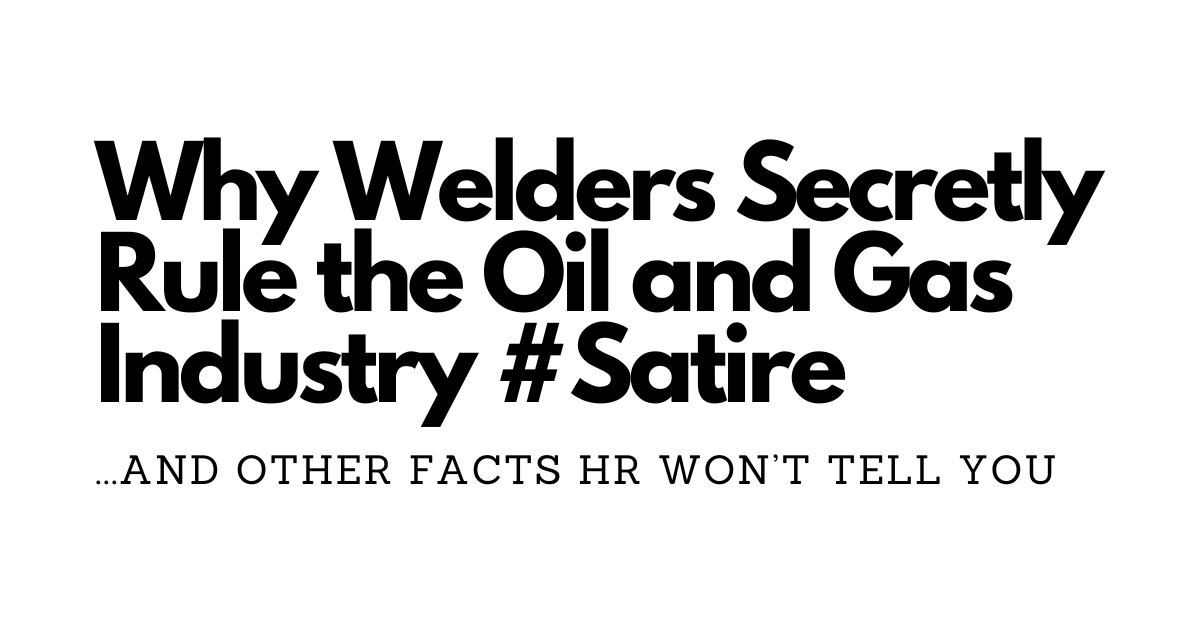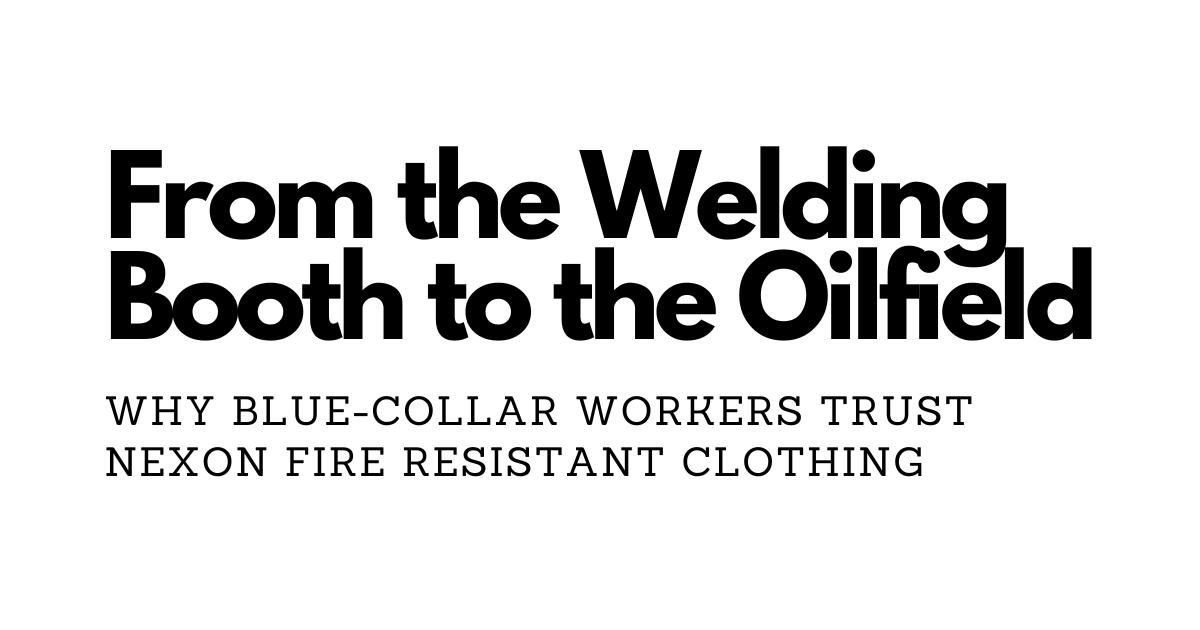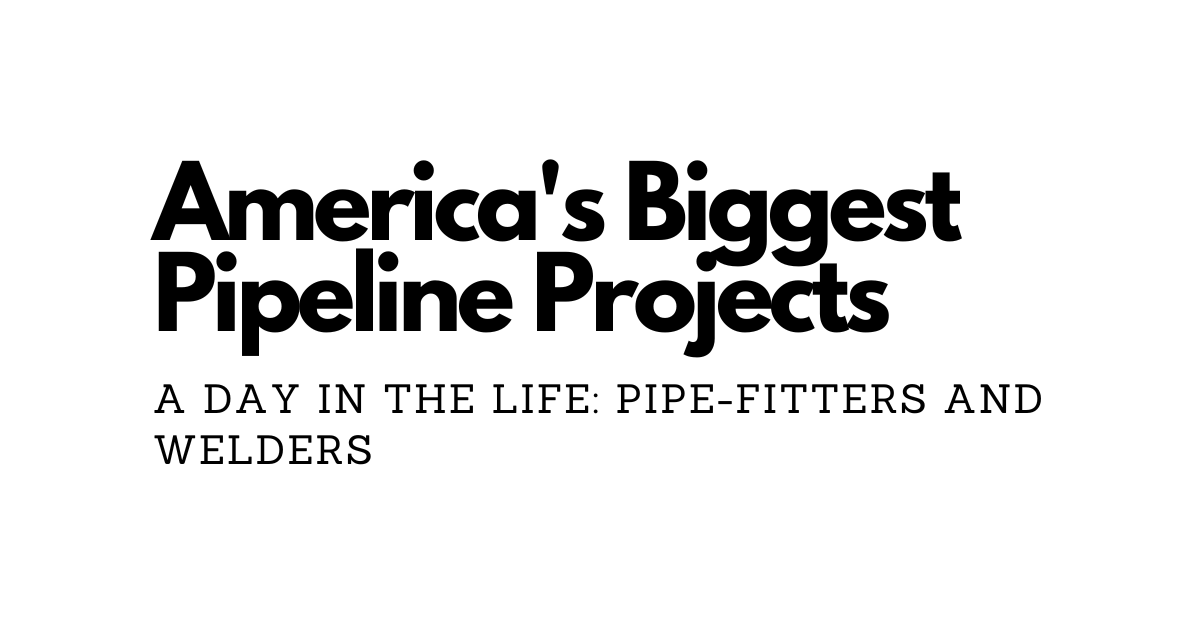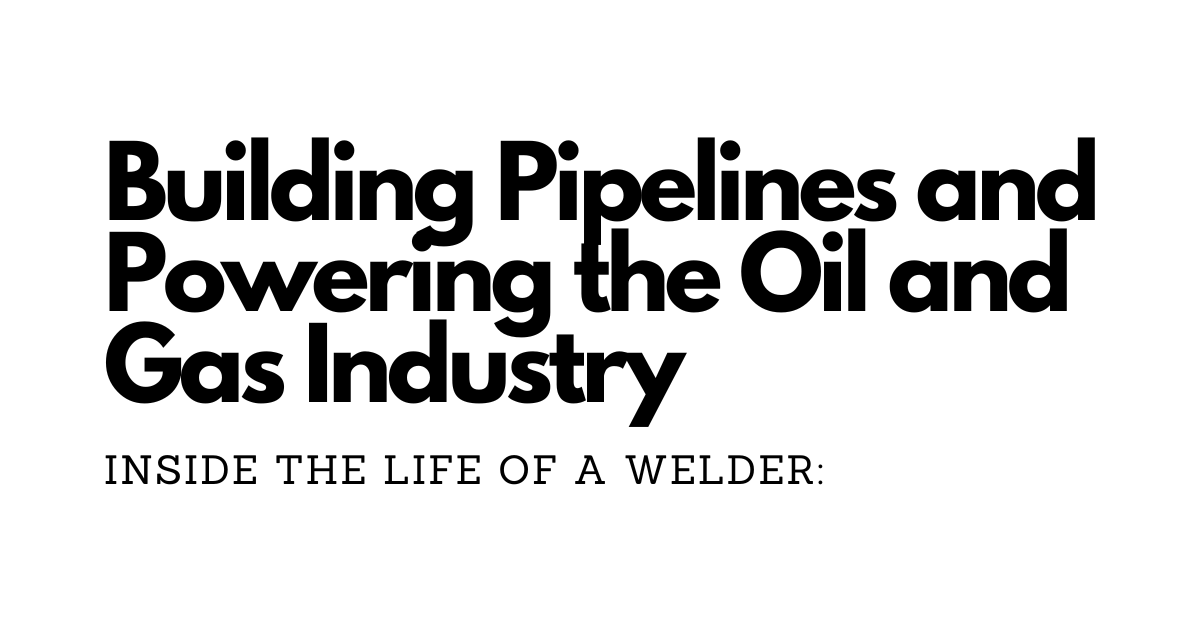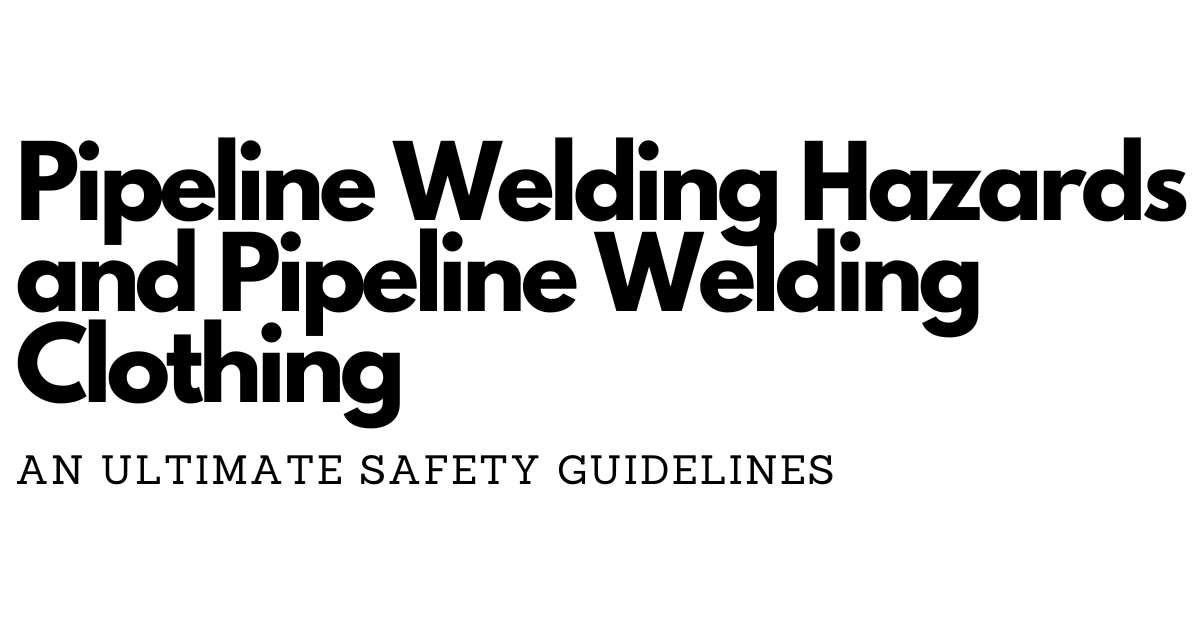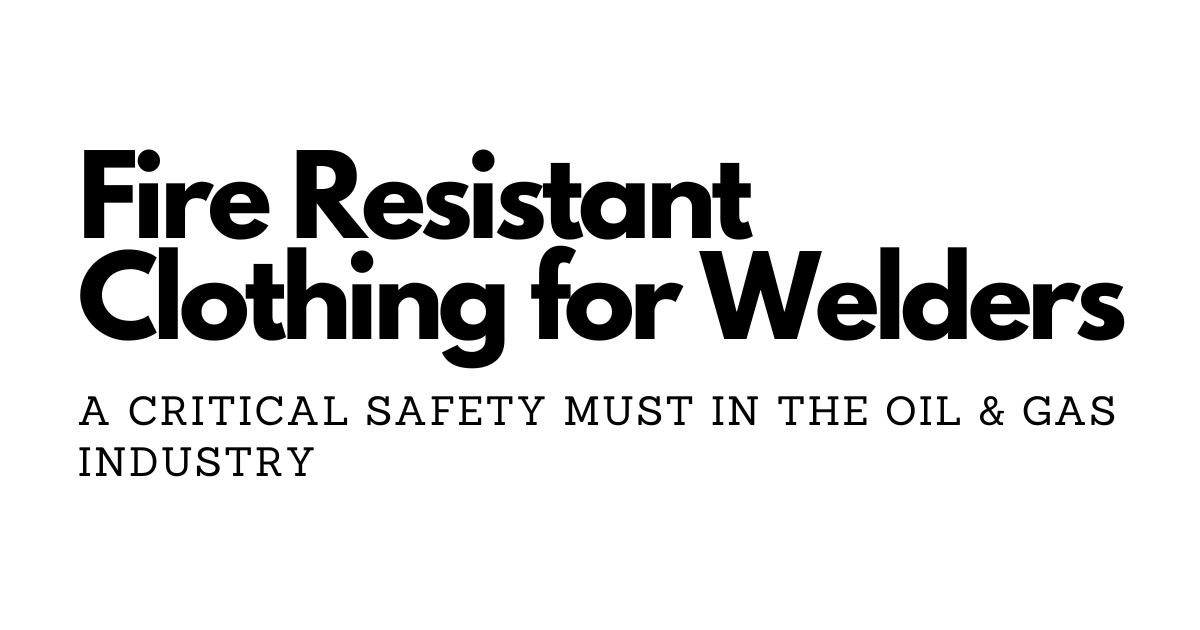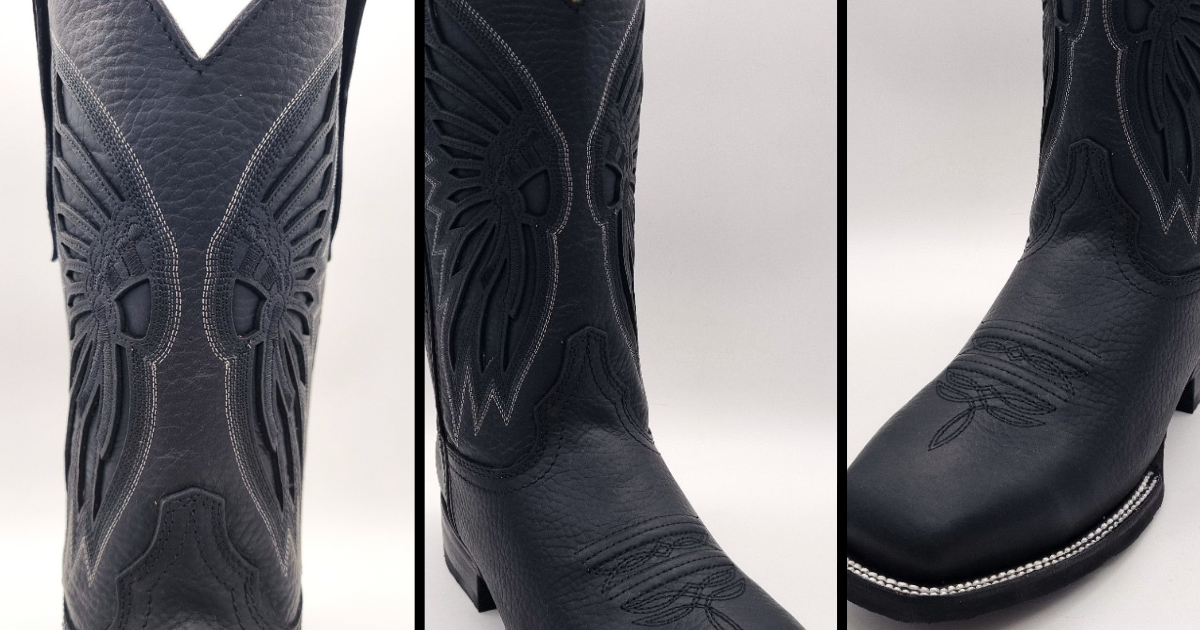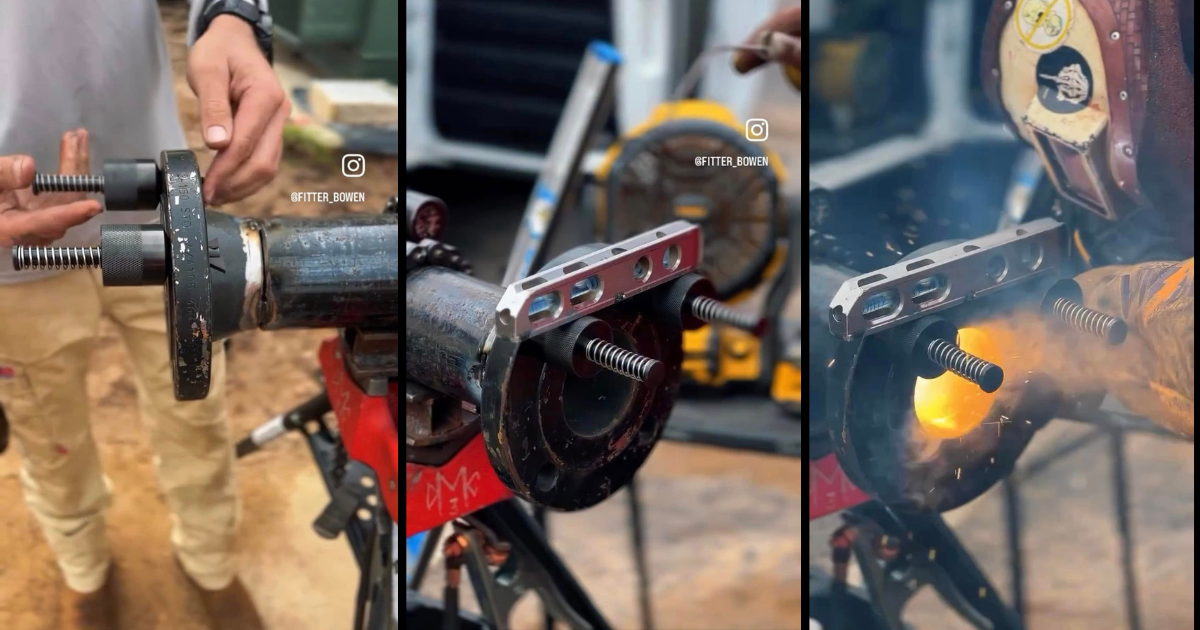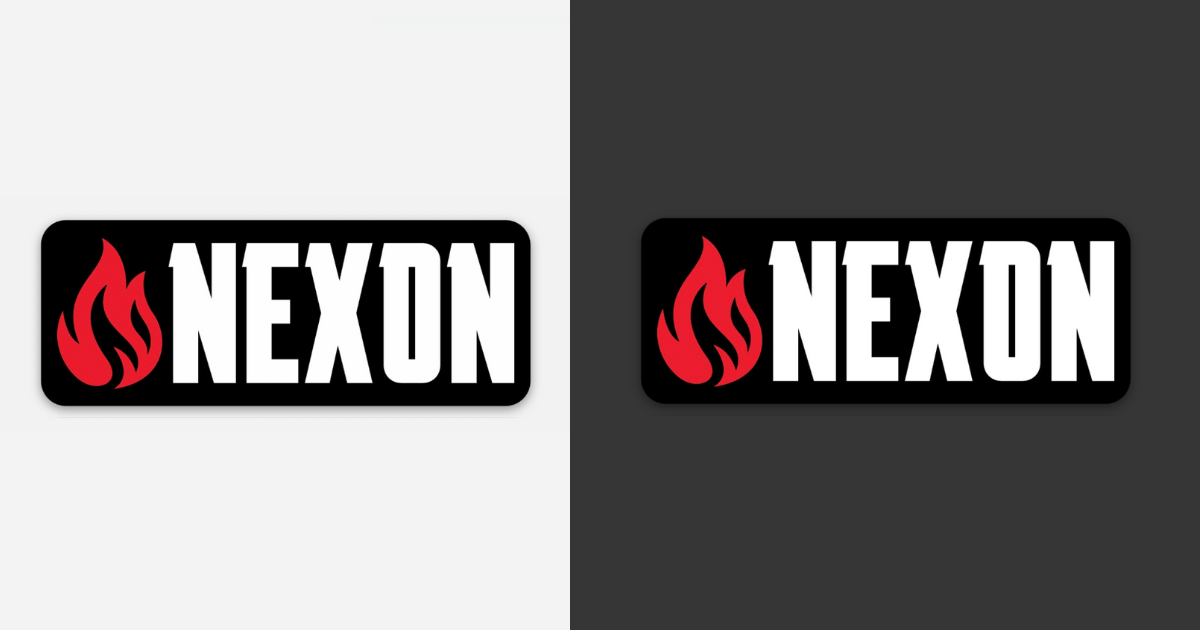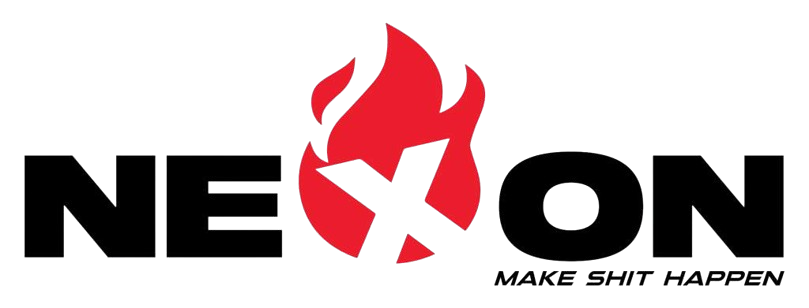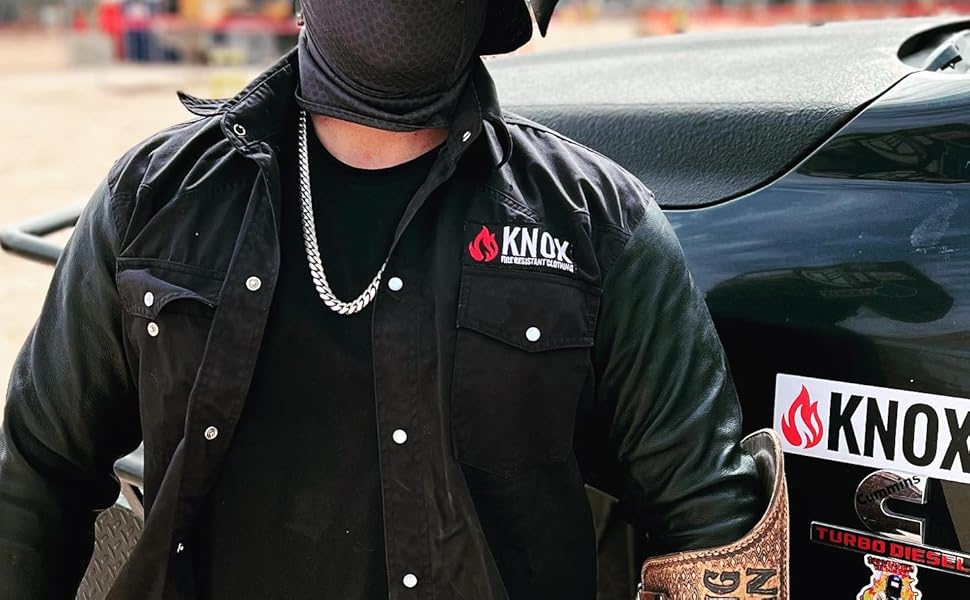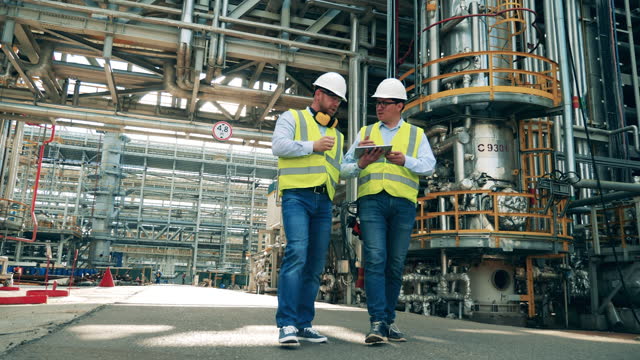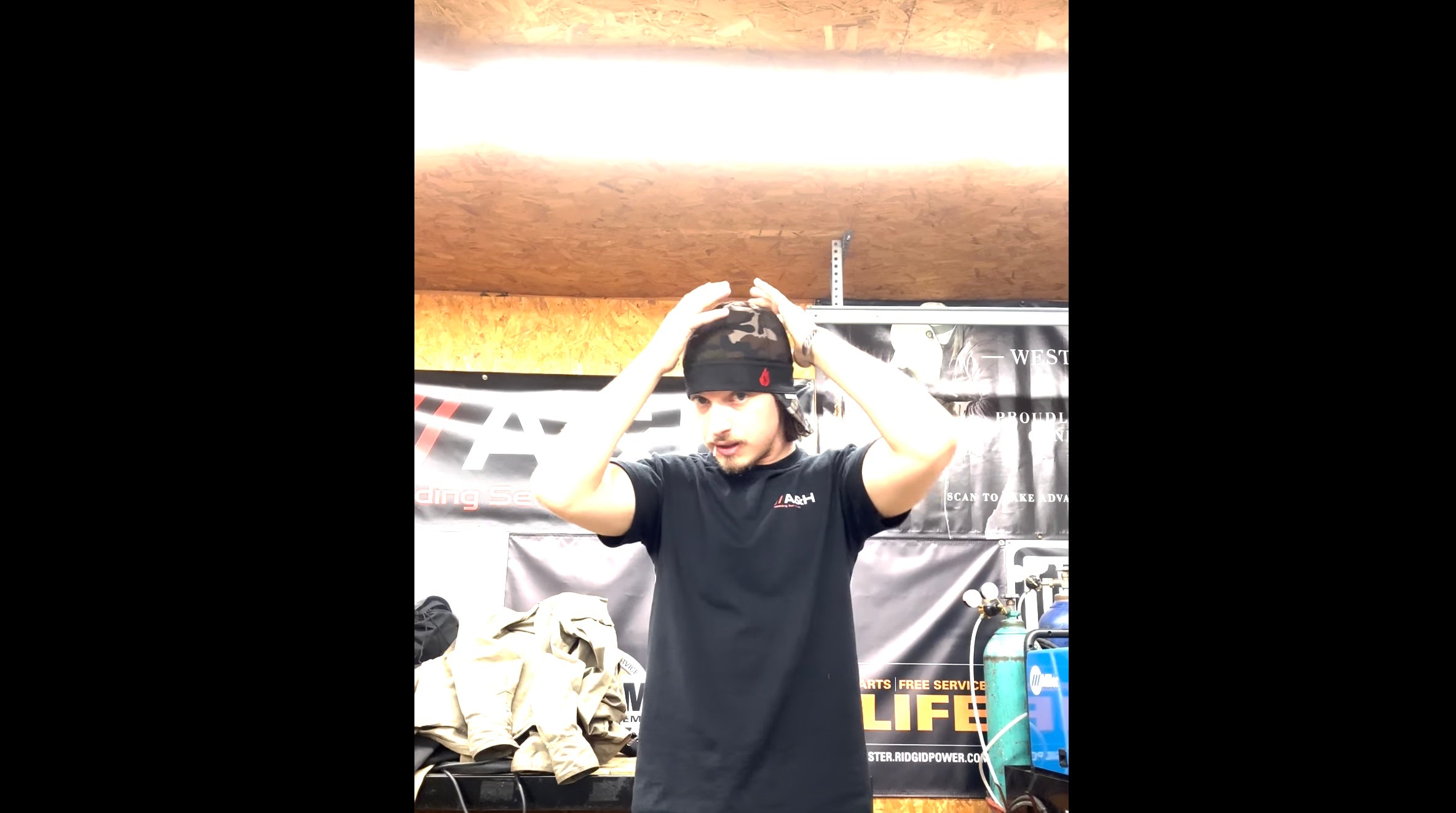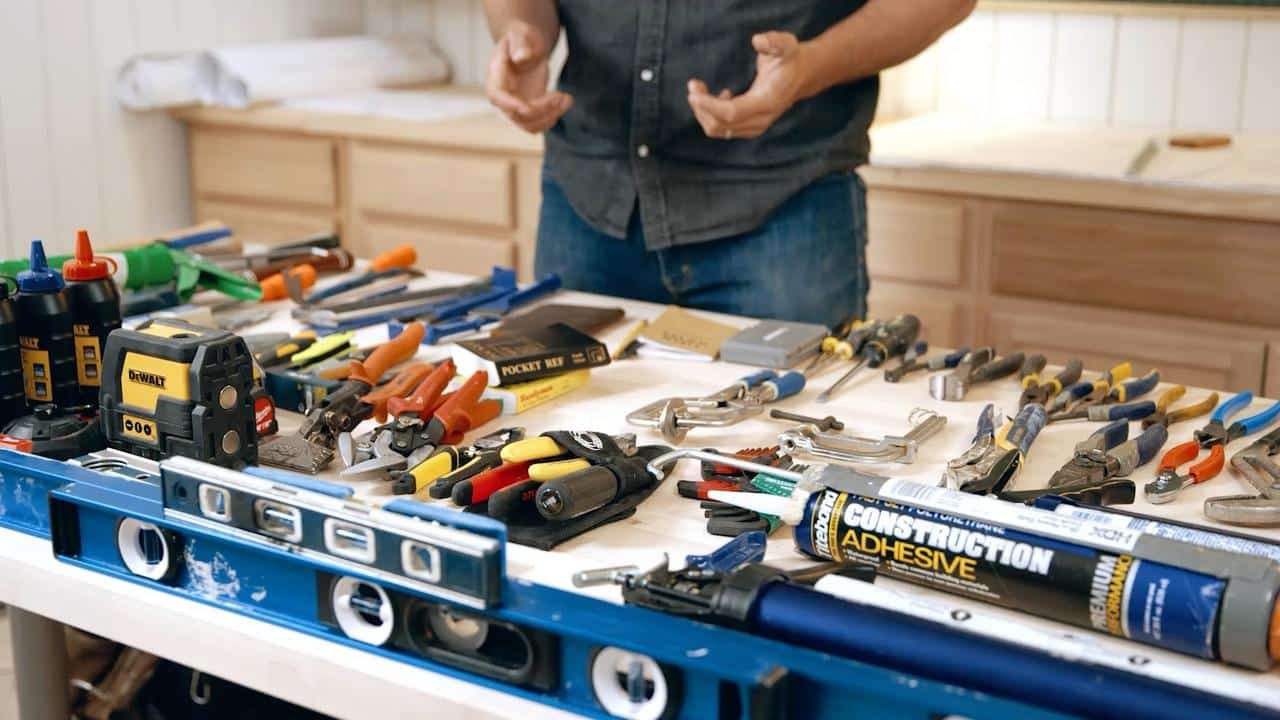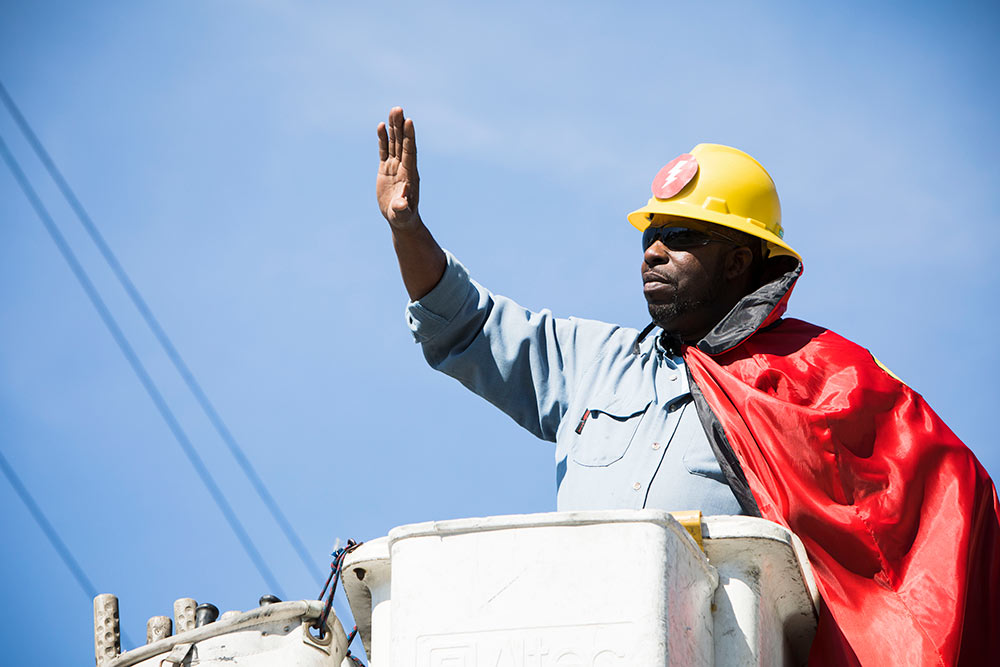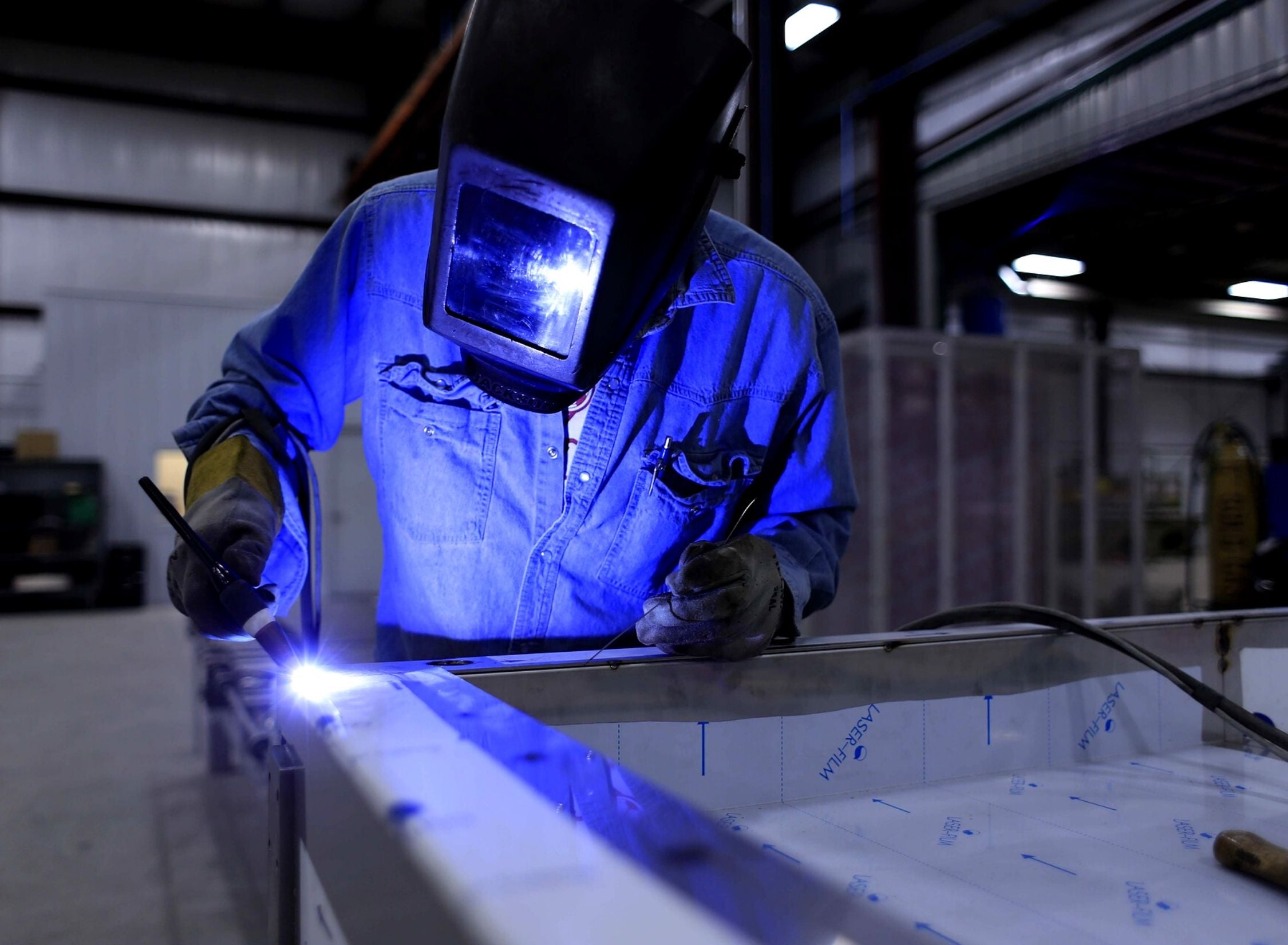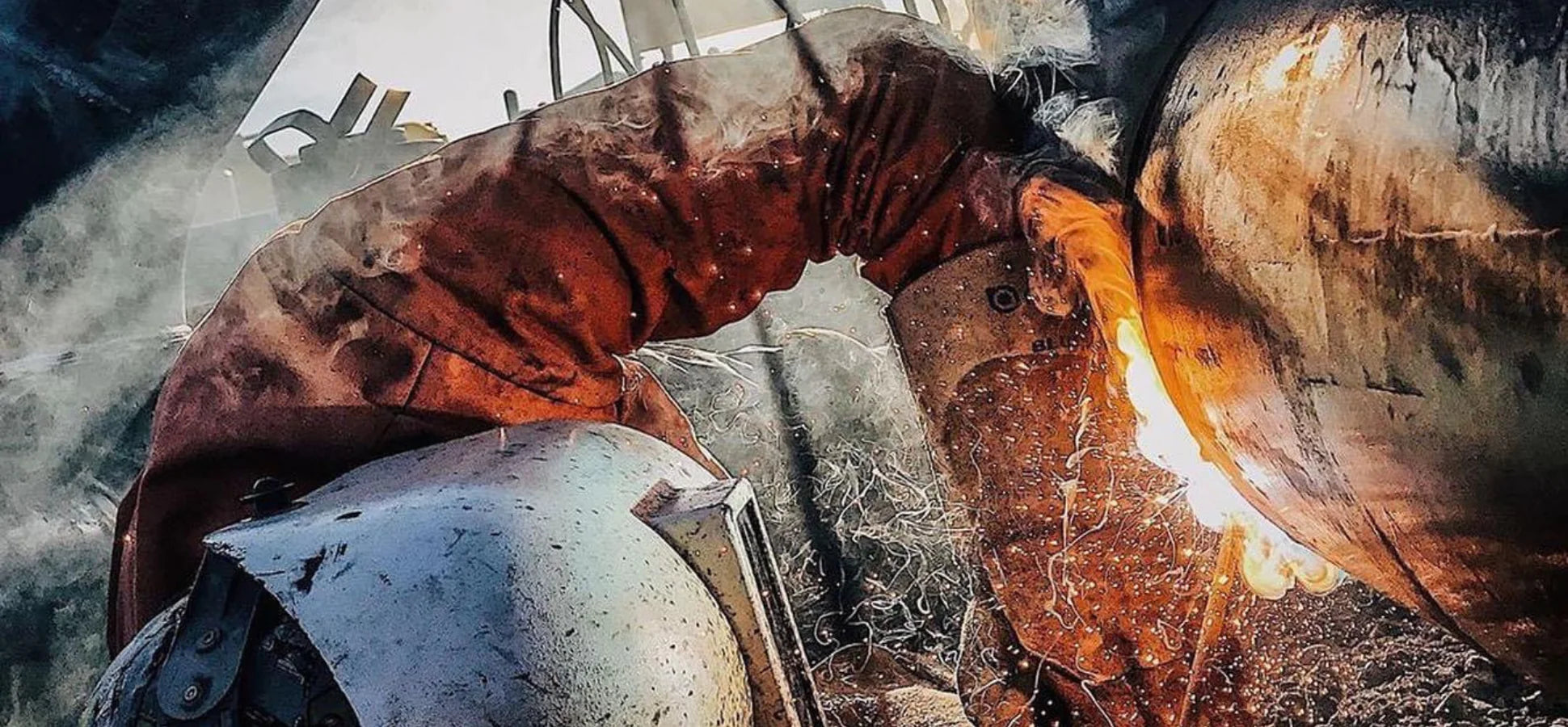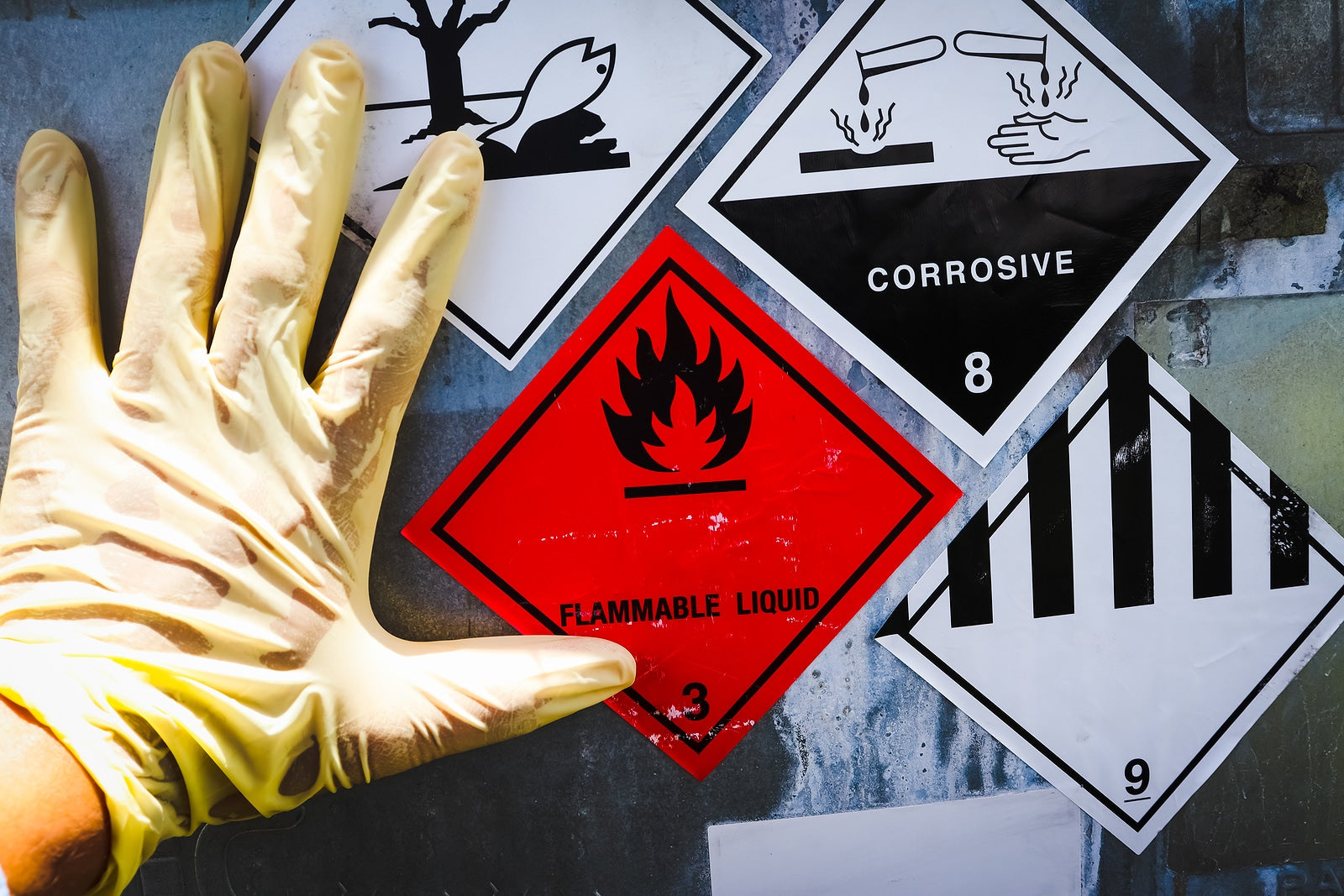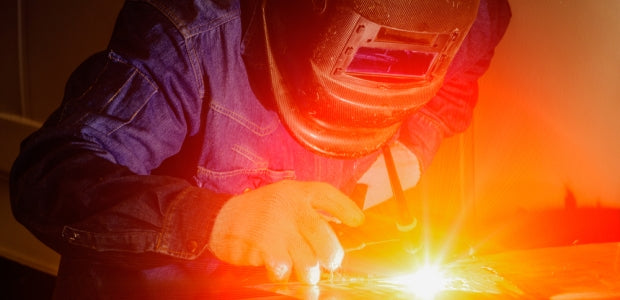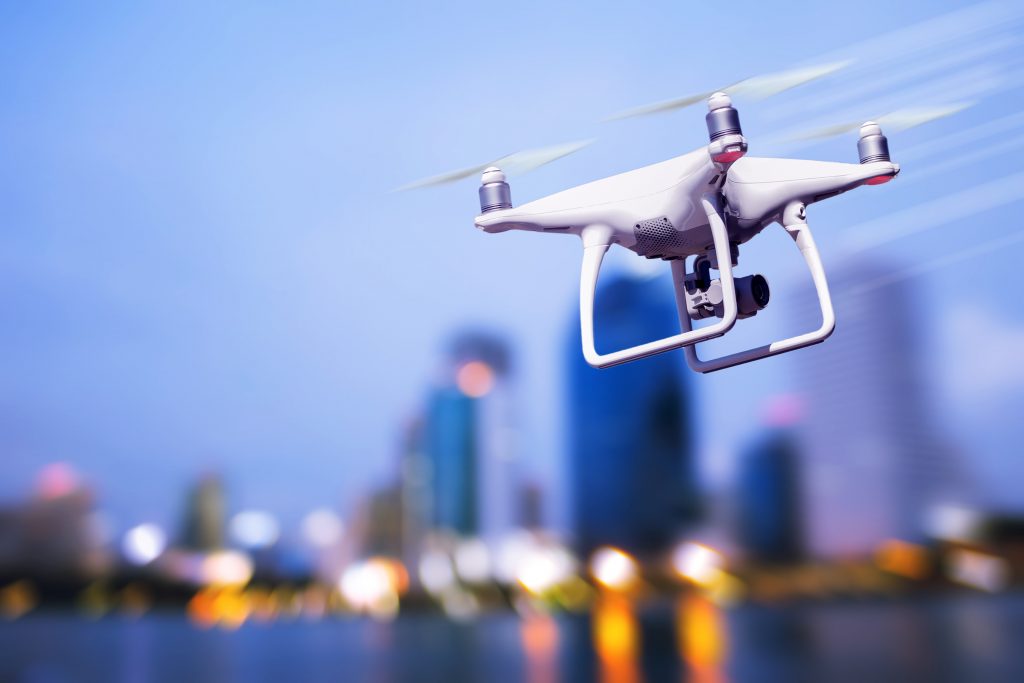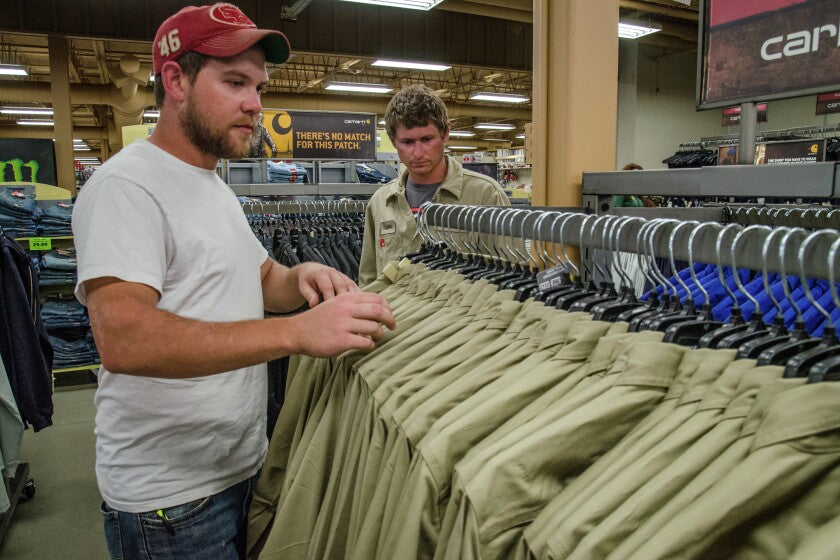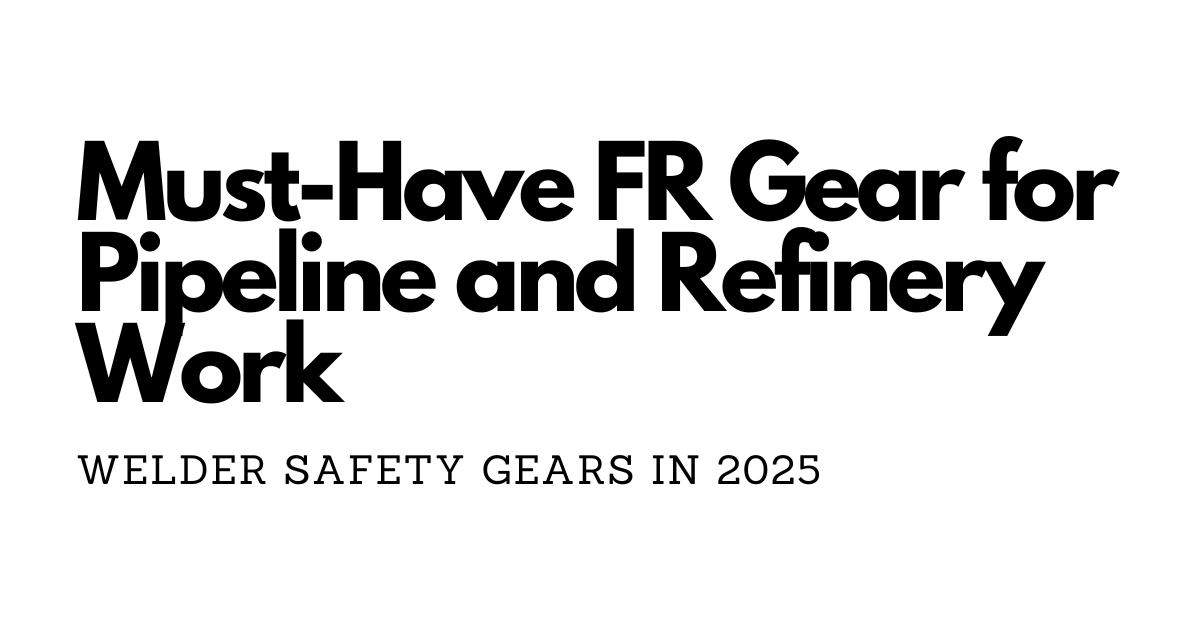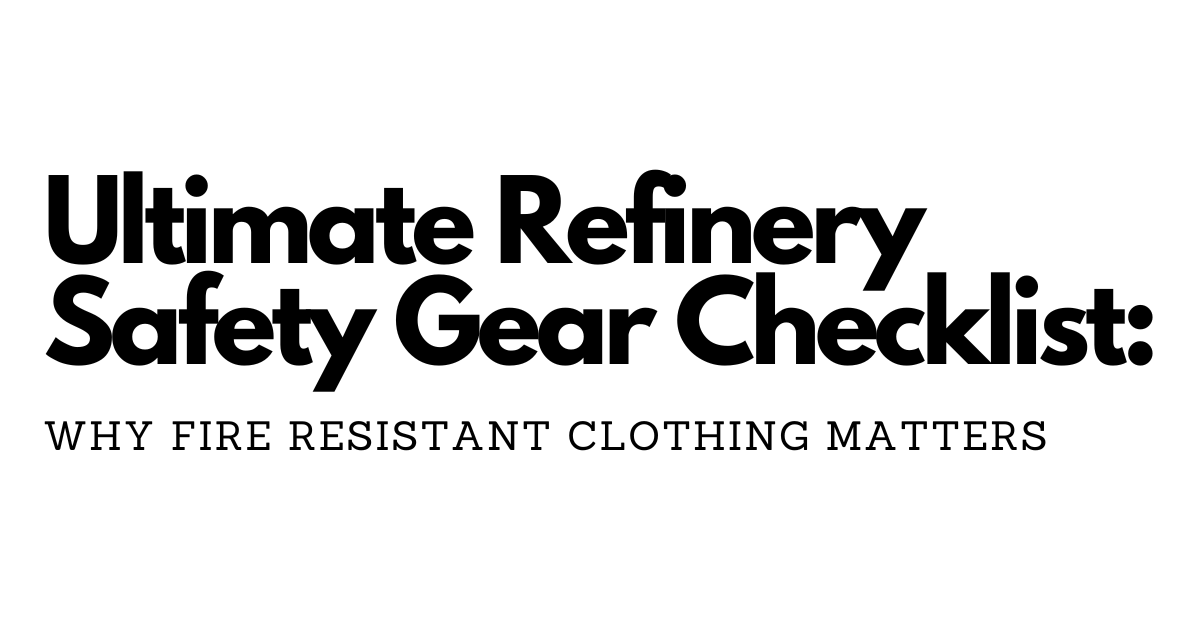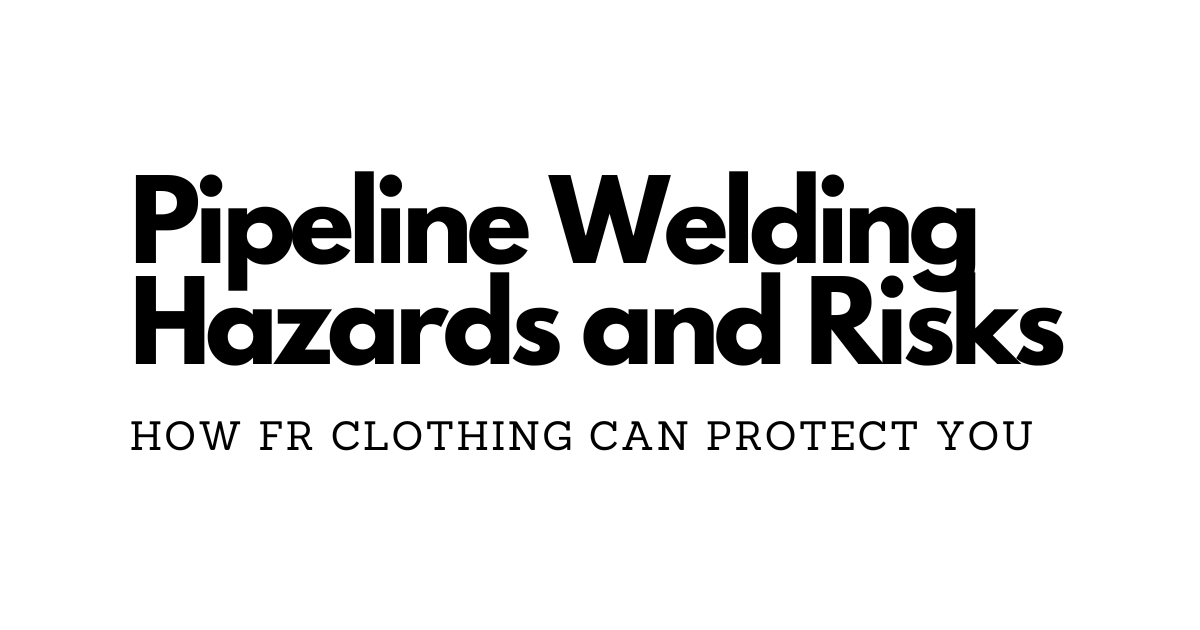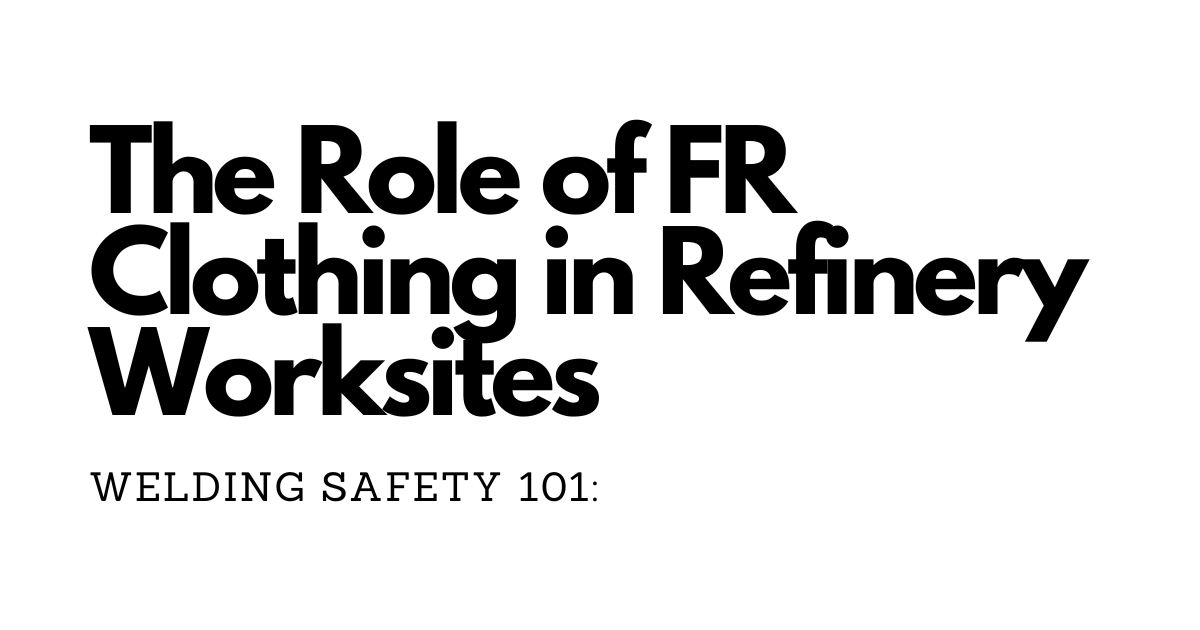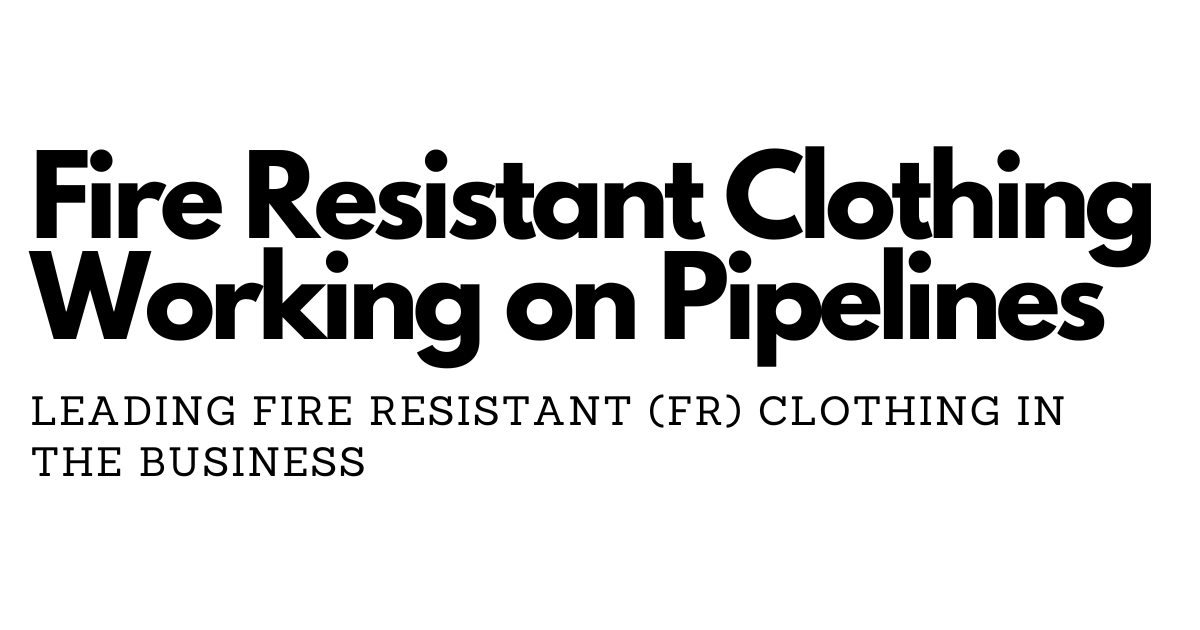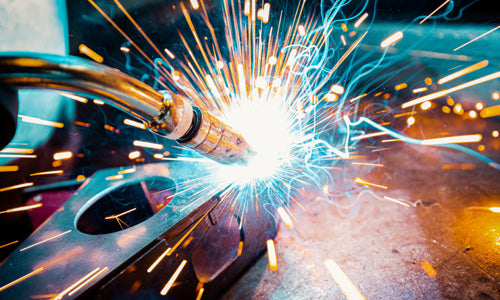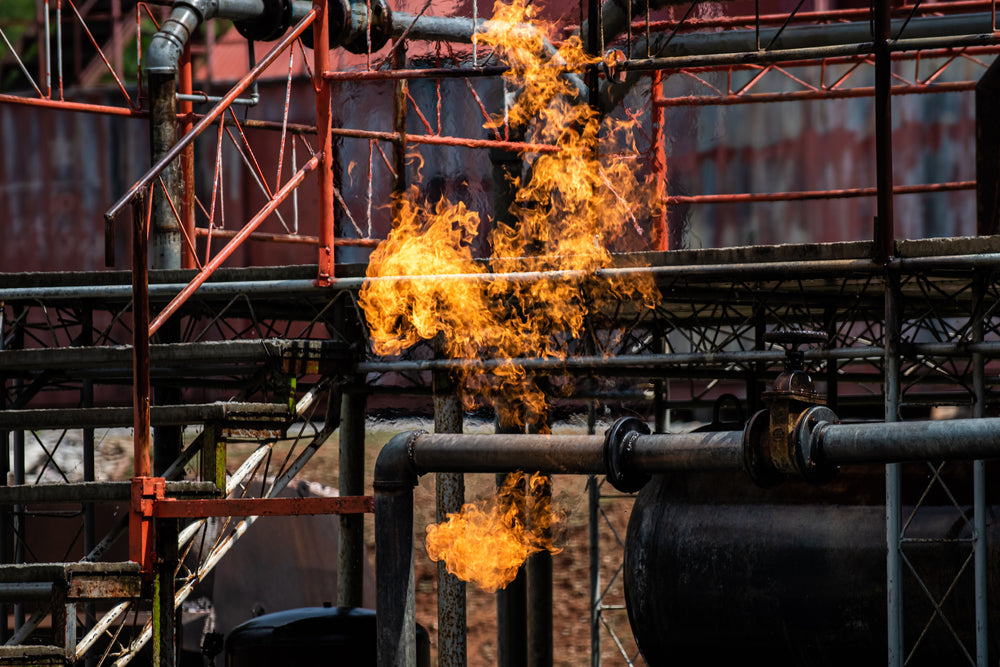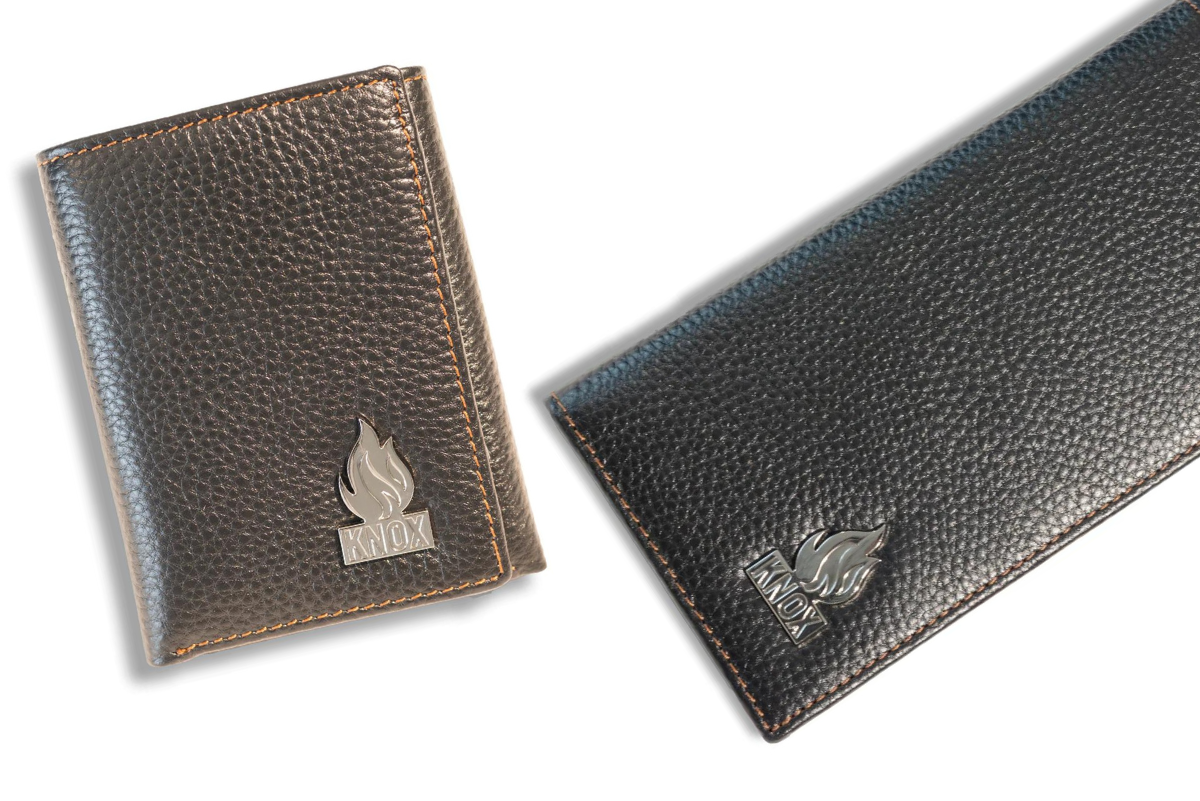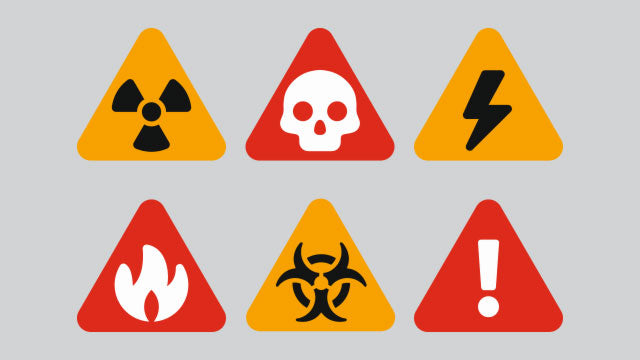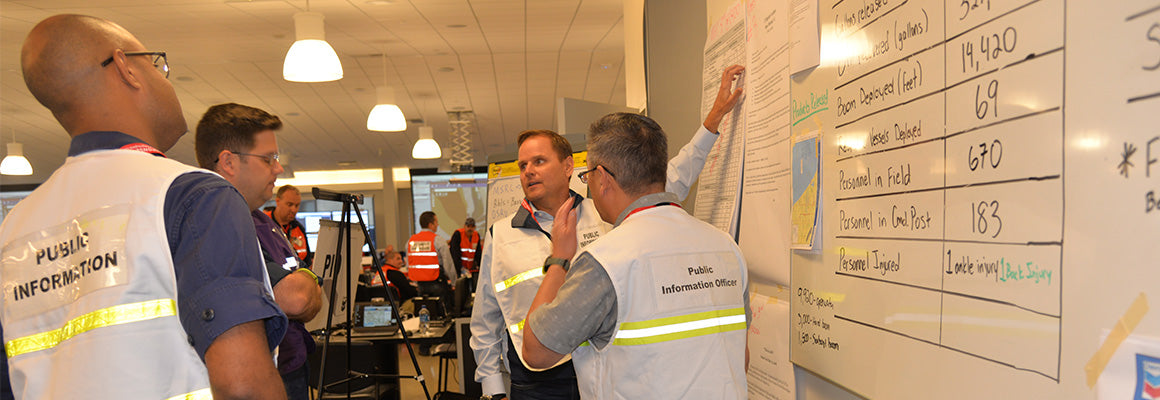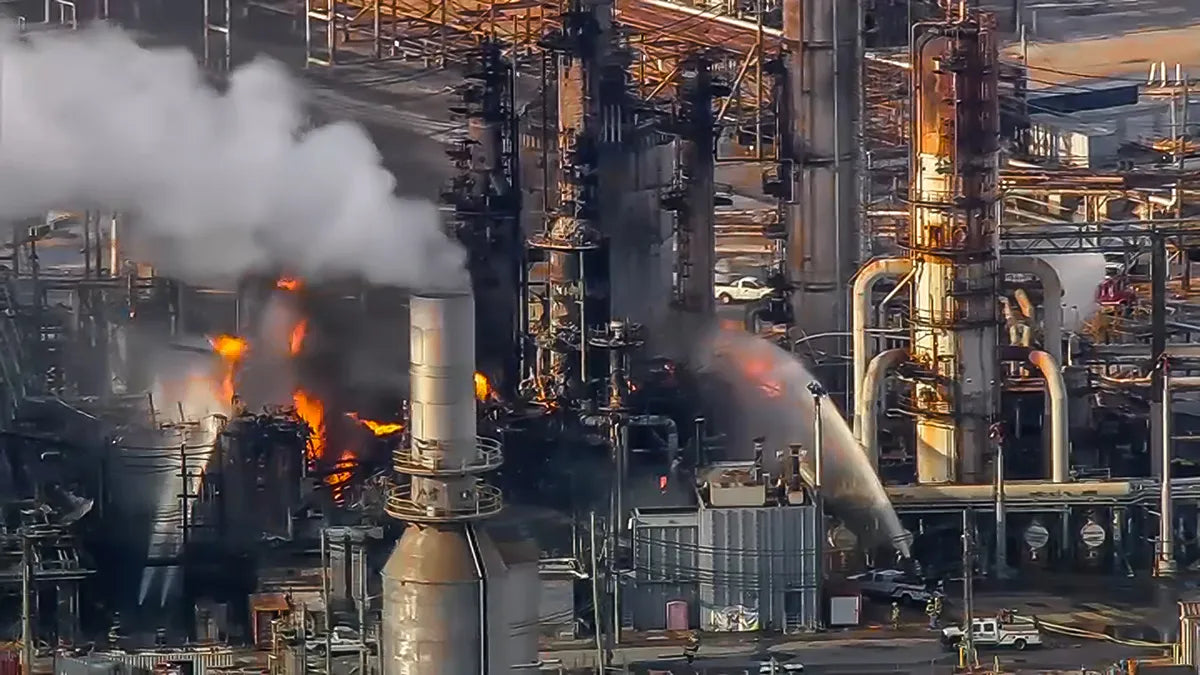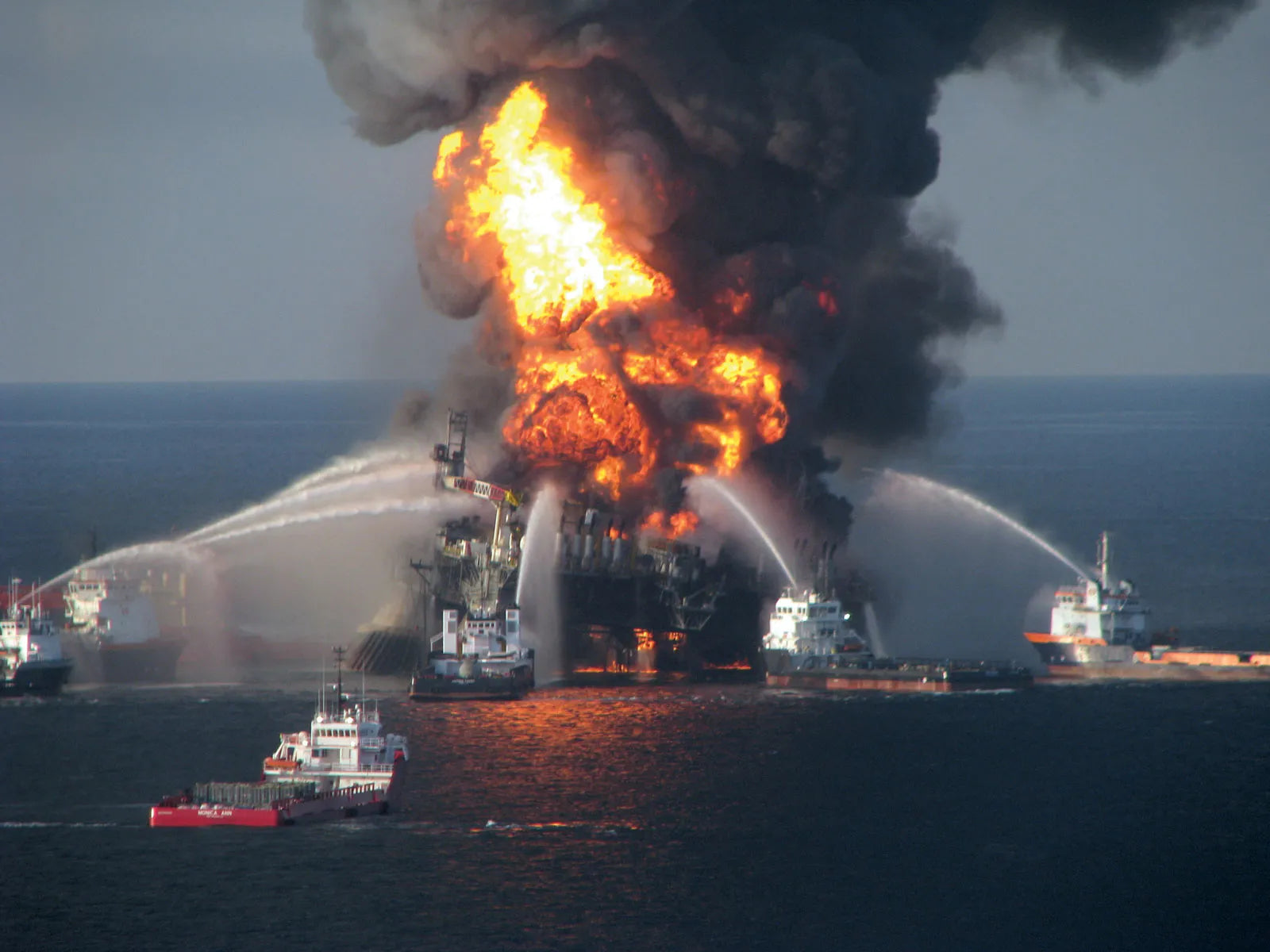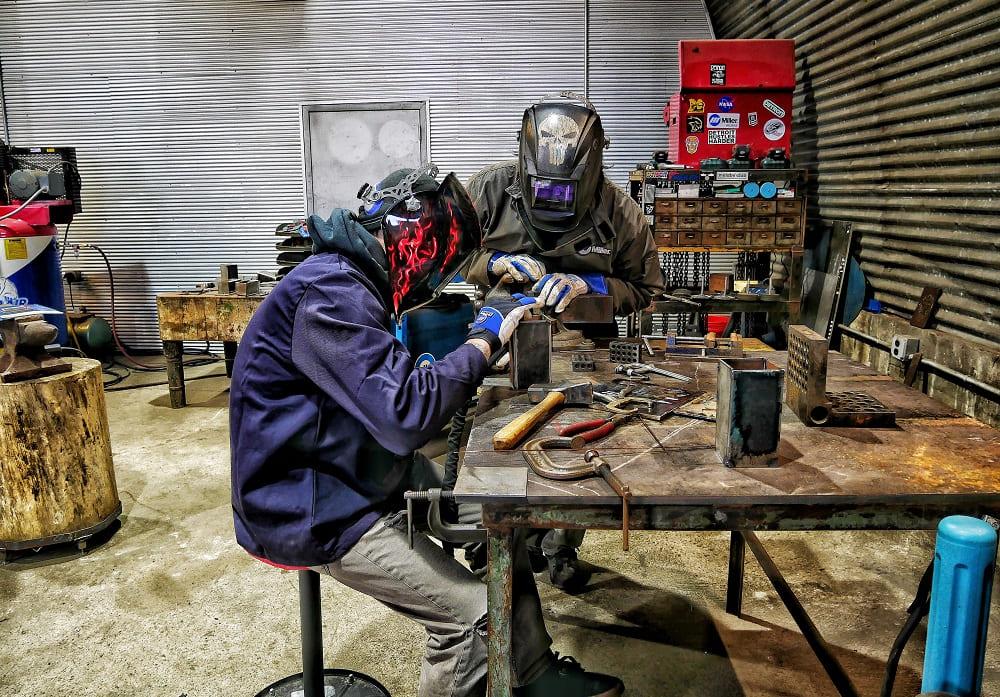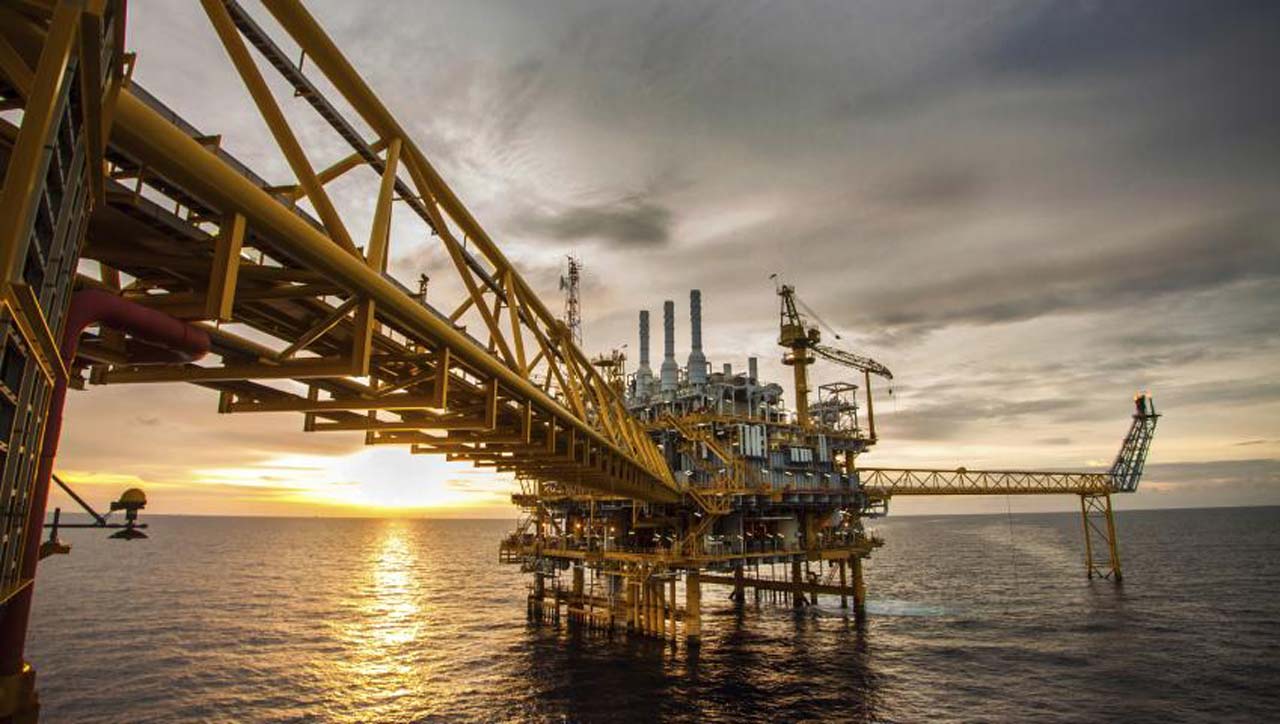

Pipe fitting is a critical skill in industries such as plumbing, construction, and manufacturing, where the proper connection of pipes ensures the integrity and functionality of systems. While the basics of pipe fitting are well-known, there are several lesser-known techniques that can enhance efficiency, durability, and the overall quality of installations. In this article, we will delve into some of these hidden pipe fitting techniques that might not have been widely shared.
1. Socket Fusion Welding: Socket fusion welding is a technique commonly used with thermoplastic pipes, such as PVC and CPVC. It involves heating the ends of the pipes and fitting to be joined, and then pressing them together to form a fusion bond. This technique creates a strong and leak-free connection without the need for external heat sources or additional materials.
2. Roll Grooving: Roll grooving is a method used to connect pipes without welding, threading, or flanges. It involves creating a groove around the pipe's circumference using a specialized machine. The grooved pipe ends are then connected using grooved couplings, providing a secure and reliable joint that can absorb movement and vibration.
3. Mechanical Couplings with Restraint: Mechanical couplings are commonly used for connecting pipes of different materials or sizes. However, advanced mechanical couplings come with built-in restraints that prevent pipe pullout, ensuring the joint remains secure under pressure or stress. This technique is particularly useful in applications where pipe movement is a concern.
4. Compression Fittings for Plastic Pipes: While compression fittings are well-known for use with metal pipes, they can also be used effectively with plastic pipes like PEX, CPVC, and HDPE. These fittings use a compression nut and ring to create a tight seal around the pipe, eliminating the need for soldering, welding, or gluing.
5. Groove Welding for Stainless Steel: In stainless steel pipe fitting, groove welding can provide a more hygienic and aesthetically pleasing joint. Instead of conventional welding, a groove is machined into the pipe ends, and the two pieces are fitted together, creating a seamless connection without external weld beads.
6. Hydraulic Expansion for Thick-Walled Pipes: Hydraulic expansion involves expanding the diameter of the pipe end using hydraulic pressure. This technique is particularly useful for thick-walled pipes, as it creates a tight and leak-free connection without the need for heat or filler materials.
7. Push-Fit Connectors: Push-fit connectors, also known as push-to-connect or push-fit fittings, are designed for quick and easy pipe connections without the need for soldering or threading. These connectors have internal O-rings that create a watertight seal, making them ideal for temporary installations or repairs.
8. Flameless Soldering: Flameless soldering, or induction soldering, uses electromagnetic induction to heat the pipe and fitting, causing the solder to melt and form a joint. This technique eliminates the need for an open flame, making it safer for confined spaces or environments where flames are not permissible.
9. Transition Fittings: Transition fittings are used when connecting pipes of different materials, such as transitioning from metal to plastic pipes. These fittings are designed to ensure a reliable connection while accommodating the differences in material properties and thermal expansion.
10. Socket-Weld Fittings for High-Pressure Applications: Socket-weld fittings are commonly used in high-pressure systems. They involve inserting the pipe end into the socket of the fitting and then welding the joint. This technique provides a strong and leak-resistant connection suitable for demanding applications.
Conclusion: Mastering pipe fitting involves not only understanding the basics but also exploring the lesser-known techniques that can elevate your skills and contribute to efficient, reliable installations. From advanced welding methods to innovative connectors, these hidden techniques offer solutions for various challenges in pipe fitting. By embracing these techniques, professionals in the industry can expand their capabilities and deliver top-quality pipe installations that meet the demands of modern construction and infrastructure projects.
